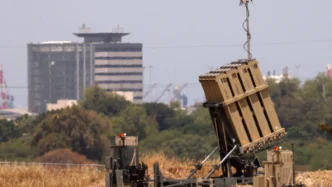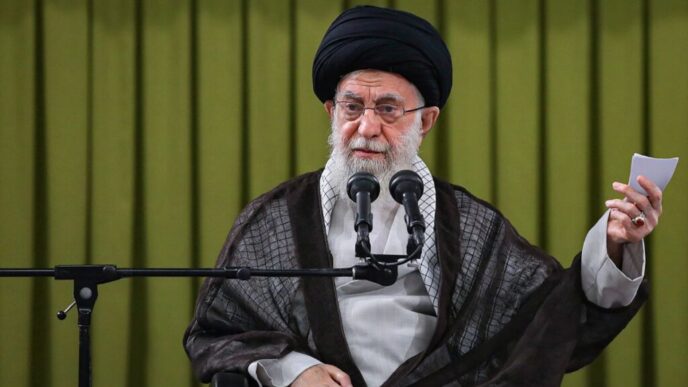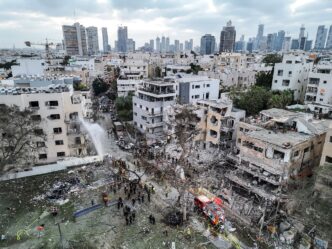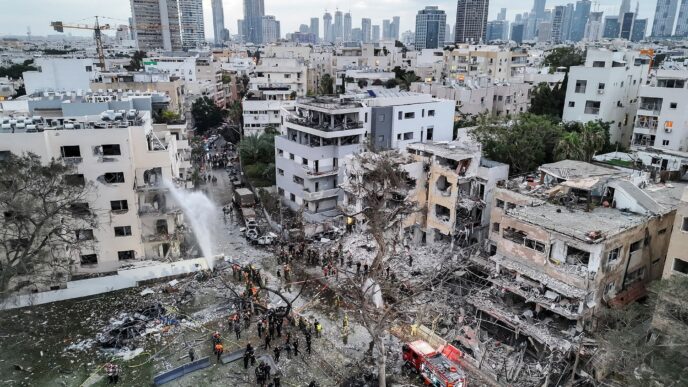The Iron Dome is one of Israel’s most advanced and relied-upon defense systems, designed to intercept and destroy short-range rockets, artillery shells, and drones aimed at civilian areas. But what would happen if Israel ran out of the interceptor missiles that power this shield?
The Reality of Limited Ammunition
The Iron Dome operates with Tamir interceptor missiles, which cost tens of thousands of dollars each. Although the system has a high success rate—often intercepting over 90% of incoming threats—it’s not limitless. In times of intense conflict, such as a multi-front war involving Hamas, Hezbollah, and potentially Iran, the system could face thousands of incoming rockets daily. In such a scenario, Israel’s interceptor stockpile could be depleted faster than it can be replenished.
Strategic and Civilian Vulnerability
If the Iron Dome runs out of missiles, Israel’s civilian population would face increased exposure to rocket attacks. Cities like Tel Aviv, Haifa, Ashkelon, and even Jerusalem could become more vulnerable. Civil defense systems, including bomb shelters and early warning alerts, would become the last line of protection for millions.
Military and strategic sites would also face greater risk. Without interceptors, Israel’s airbases, government centers, and defense infrastructure would be more easily targeted—potentially shifting the course of a broader conflict.
Military Alternatives and Escalation
Israel has other layers of missile defense, such as David’s Sling and the Arrow system, which are designed to intercept medium and long-range threats. But those systems aren’t replacements for Iron Dome’s short-range capabilities.
If the Iron Dome were overwhelmed or exhausted, Israel might be forced to escalate militarily—by launching more aggressive airstrikes, deploying ground troops, or targeting missile launch sites in neighboring territories. This could quickly widen the scope of conflict and increase casualties on both sides.
International Support and Rapid Resupply
The United States, a key Israeli ally, has historically provided emergency support to replenish Iron Dome stockpiles. In previous conflicts, the U.S. Congress approved hundreds of millions of dollars in aid to support resupply. However, logistics, political delays, or a simultaneous global crisis could slow down this support in a future war.
In a worst-case scenario, Israel may have to rely on its own industrial base to ramp up production under wartime conditions—a process that takes time and may not keep pace with demand.
Conclusion
Running out of Iron Dome missiles would mark a critical moment in any conflict. It would expose Israeli cities to more danger, force hard military decisions, and test the country’s resilience under fire. While Israel is preparing for such scenarios with layered defense systems and international support, the risk highlights how modern warfare isn’t just about firepower—but also about endurance, supply chains, and strategic balance.
















